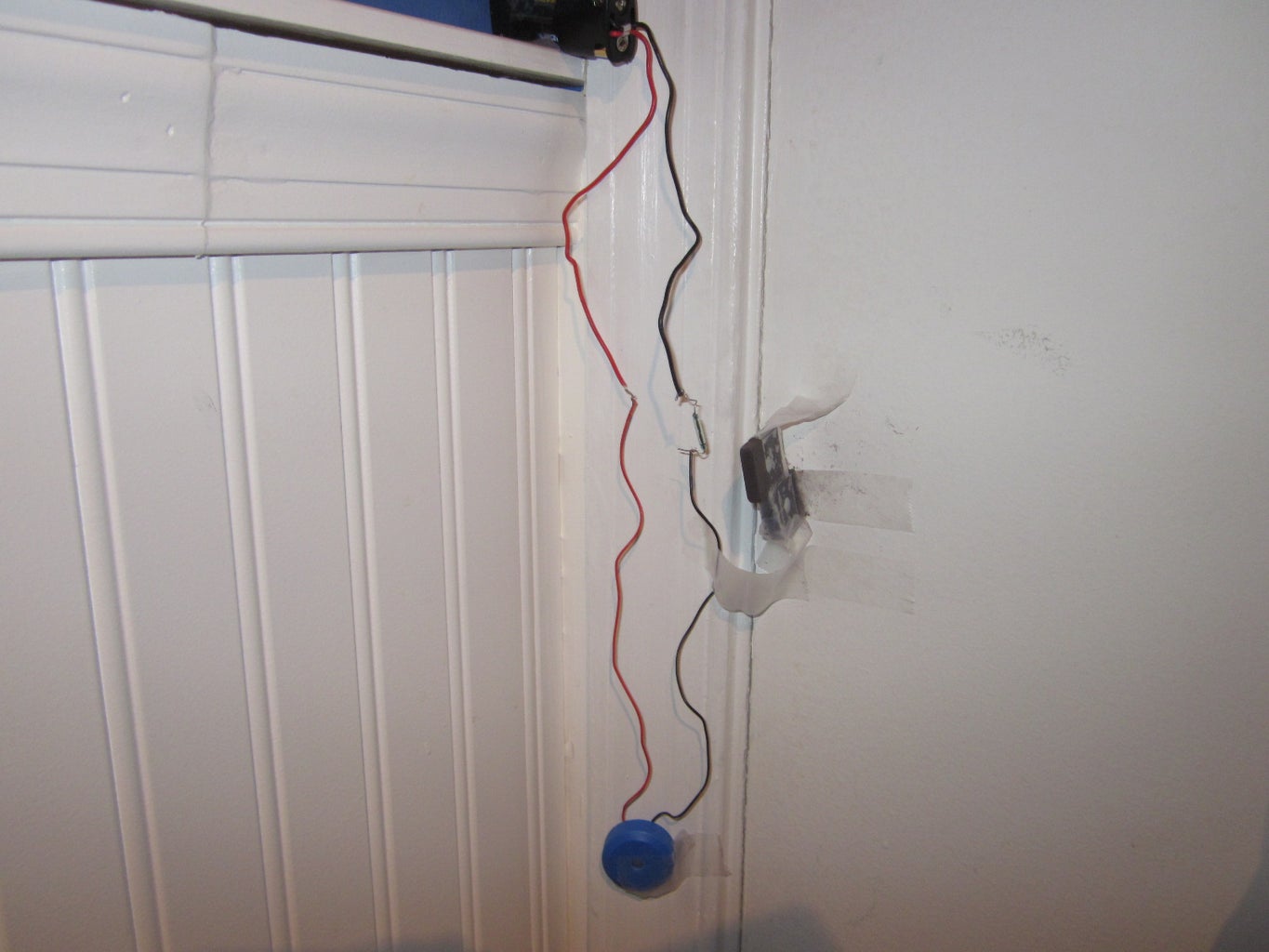Building an Effective Alarm System Circuit Diagram for Your Home Security
BlogBuilding an Effective Alarm System Circuit Diagram for Your Home Security By detecting low voltage levels and shutting down non-essential equipment, these circuits can help to reduce overall energy consumption and costs. Additionally, low-voltage alarm circuits can be used to monitor and manage the power supply of remote or off-grid systems, ensuring that they have the necessary voltage to operate correctly. The NTC Blue Book is the authority on low voltage systems. The fire alarm section covers the basic code requirements for fire alarm systems and how to actually employ them in real life jobs. The access control section focuses on how to design access control systems to meet the need of your customers.

Components Needed for a Basic Alarm Circuit. An alarm circuit is a simple electronic device used to detect and alert you to the presence of an intruder or a dangerous situation. It typically consists of several components working together to create a basic alarm system. Here are the key components needed for a basic alarm circuit: 1. Sensor • Article 700: Emergency Systems (Legally Required), 700.28 Coordination • Article 701: Legally Required Standby Systems, 701.27 Coordination • Article 708: Critical Operations Power Systems, 708.54 Coordination 1 10 100 1K 10K 100K 0.0 1 0.1 0 1 10 1 00 100 0 CURRENT IN AMPERES Curve 5.tcc Ref. Voltage: 480 Current Scale x10^0 T I M E IN To create a basic fire alarm system that uses an IR fire detector sensor to detect fire and activate a buzzer powered by a 9V battery. Materials Needed: IR Fire Detector Sensor (Infrared flame sensor) Buzzer (9V or low-power buzzer) 9V Battery and battery clip; NPN Transistor (e.g., BC547 or 2N2222) Resistors (1kΩ for the transistor base)

How To Make Fire Alarm Using an IR (Infrared) Fire Detector Sensor Circuit Diagram
When designing an alarm system, especially a low voltage one, ensuring a reliable power supply is essential for smooth operation. Low voltage systems, commonly 5V or 12V, are often used in electronics projects and security applications. But sometimes, maintaining consistent power can be tricky, leading to system failures or unreliable alarms. 2- Fire alarm system 3- Telephone system 4- CCTV system. HVAC system. Make a Load Schedule Calculations Using Excel. Generator Sizing manually and Using Cummins software. Make UPS Sizing. Design a Single Line Diagram with ETAP. Make S.C (Short Circuit) calculations for any electrical system with ETAP. Make the Voltage Drop calculations for any In this video we'll discuss the basics of putting together an alarm system for your home or business. Back to Main Hi, I'm Jason with alarmsystemstore.com, and in today's video, I'm gonna talk about the basics in alarm system design. We'll start with the first layer of defense, door and window contacts. These should be

Hi sorry dont have schematic. but let me try to explain. the existing circuit is from an existing alarm system that does not have a buzzer. The Alarm system cannot be altered or tampered with so not much room there. This is a 40 year old circuit. The alarm currently has 8 outputs in the form of 24V lamps. The whole system runs on 24V (we are Basic foundational training in the four core competencies of low voltage systems: Intrusion Systems; Video Security Systems; Access Control Systems; Fire Alarm Systems; This training focuses on getting your new employees up to speed as quickly as possible in design considerations for these systems and code compliance.
